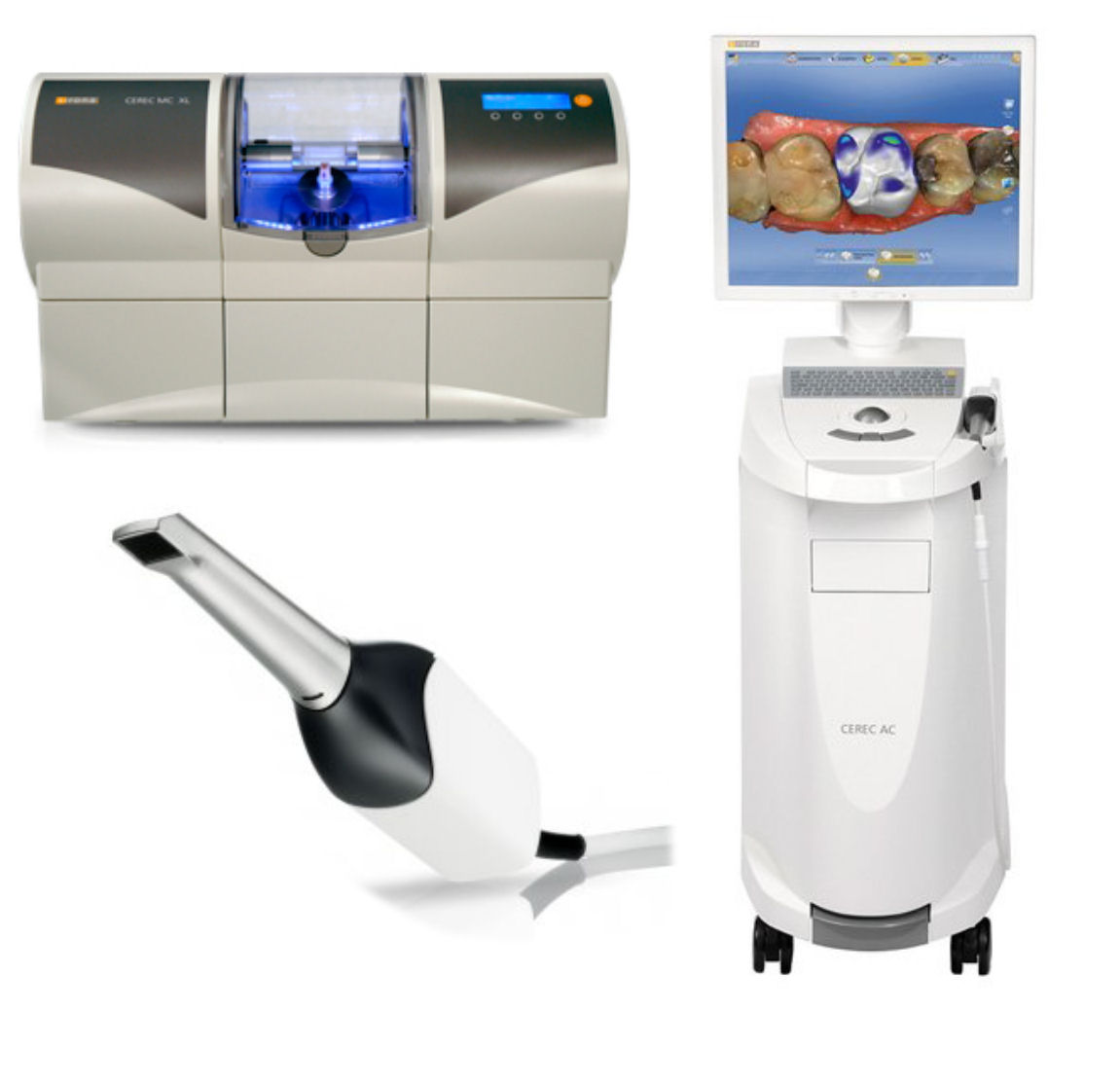What Is Cerec

The world of dentistry has undergone significant transformations over the years, with technological advancements playing a crucial role in shaping the industry. One such innovation that has revolutionized the field of dentistry is CEREC (Chairside Economical Restoration of Esthetic Ceramics). In this article, we will delve into the world of CEREC, exploring its history, benefits, and applications in modern dentistry.
CEREC is a computer-aided design and manufacturing system that enables dentists to create and place high-quality ceramic restorations, such as crowns, inlays, and onlays, in a single dental visit. This technology was first introduced in the 1980s by Siemens, a German company, and has since become a game-changer in the dental industry. The CEREC system consists of a digital impression system, a design software, and a milling machine that works together to create a precise and aesthetically pleasing restoration.
One of the most significant advantages of CEREC is the time-saving aspect. Traditional dental restoration procedures often require multiple visits, with the patient waiting for several weeks or even months for the final product. With CEREC, the entire process, from digital impression to placement, can be completed in a single visit, typically lasting around 1-2 hours. This not only saves time but also reduces the need for temporary restorations, which can be uncomfortable and prone to complications.
Another benefit of CEREC is the accuracy and precision it offers. The digital impression system uses a high-resolution camera to capture detailed images of the patient’s mouth, which are then used to create a 3D model of the tooth. This model is used to design the restoration, taking into account the patient’s bite, tooth shape, and surrounding teeth. The milling machine then uses this design to create the restoration, ensuring a precise fit and natural appearance.
The CEREC system also offers a range of benefits for patients, including reduced discomfort, minimal tooth preparation, and a more natural appearance. The ceramic material used for CEREC restorations is biocompatible, durable, and resistant to wear and tear, making it an ideal choice for patients seeking a long-lasting solution. Additionally, CEREC restorations are metal-free, eliminating the need for mercury or other toxic materials.
In terms of applications, CEREC is not limited to crowns and inlays. It can also be used to create onlays, veneers, and even dental implants. The technology is versatile and can be used to treat a range of dental issues, from tooth decay and damage to cosmetic concerns. For example, CEREC can be used to create a single tooth restoration or a full-mouth rehabilitation, depending on the patient’s needs.
Despite its many benefits, CEREC is not without its limitations. The system requires significant investment in equipment and training, which can be a barrier for some dental practices. Additionally, CEREC may not be suitable for all patients, particularly those with complex dental issues or limited budget. However, for patients seeking a high-quality, long-lasting restoration with minimal discomfort and downtime, CEREC is an excellent option.
To illustrate the benefits and applications of CEREC, let’s consider a case study. A 35-year-old patient presented with a severely decayed tooth that required a crown. Using CEREC, the dentist created a digital impression of the tooth and designed a custom crown. The milling machine then created the crown, which was placed in the patient’s mouth in under an hour. The patient was thrilled with the result, which not only looked natural but also felt comfortable and secure.
In conclusion, CEREC has revolutionized the field of dentistry, offering a fast, accurate, and aesthetically pleasing solution for dental restorations. With its many benefits, including time-saving, precision, and natural appearance, CEREC has become a popular choice among dentists and patients alike. As technology continues to evolve, it will be exciting to see how CEREC adapts and improves, providing even more innovative solutions for dental care.
What is CEREC, and how does it work?
+CEREC is a computer-aided design and manufacturing system that enables dentists to create and place high-quality ceramic restorations, such as crowns, inlays, and onlays, in a single dental visit. The system consists of a digital impression system, a design software, and a milling machine that works together to create a precise and aesthetically pleasing restoration.
What are the benefits of CEREC?
+The benefits of CEREC include time-saving, accuracy and precision, reduced discomfort, minimal tooth preparation, and a more natural appearance. The ceramic material used for CEREC restorations is biocompatible, durable, and resistant to wear and tear, making it an ideal choice for patients seeking a long-lasting solution.
Is CEREC suitable for all patients?
+CEREC may not be suitable for all patients, particularly those with complex dental issues or limited budget. However, for patients seeking a high-quality, long-lasting restoration with minimal discomfort and downtime, CEREC is an excellent option.
In the world of dentistry, CEREC has emerged as a game-changer, offering a fast, accurate, and aesthetically pleasing solution for dental restorations. As technology continues to evolve, it will be exciting to see how CEREC adapts and improves, providing even more innovative solutions for dental care. Whether you’re a dentist or a patient, understanding the benefits and applications of CEREC can help you make informed decisions about your dental care and explore the possibilities of modern dentistry.

